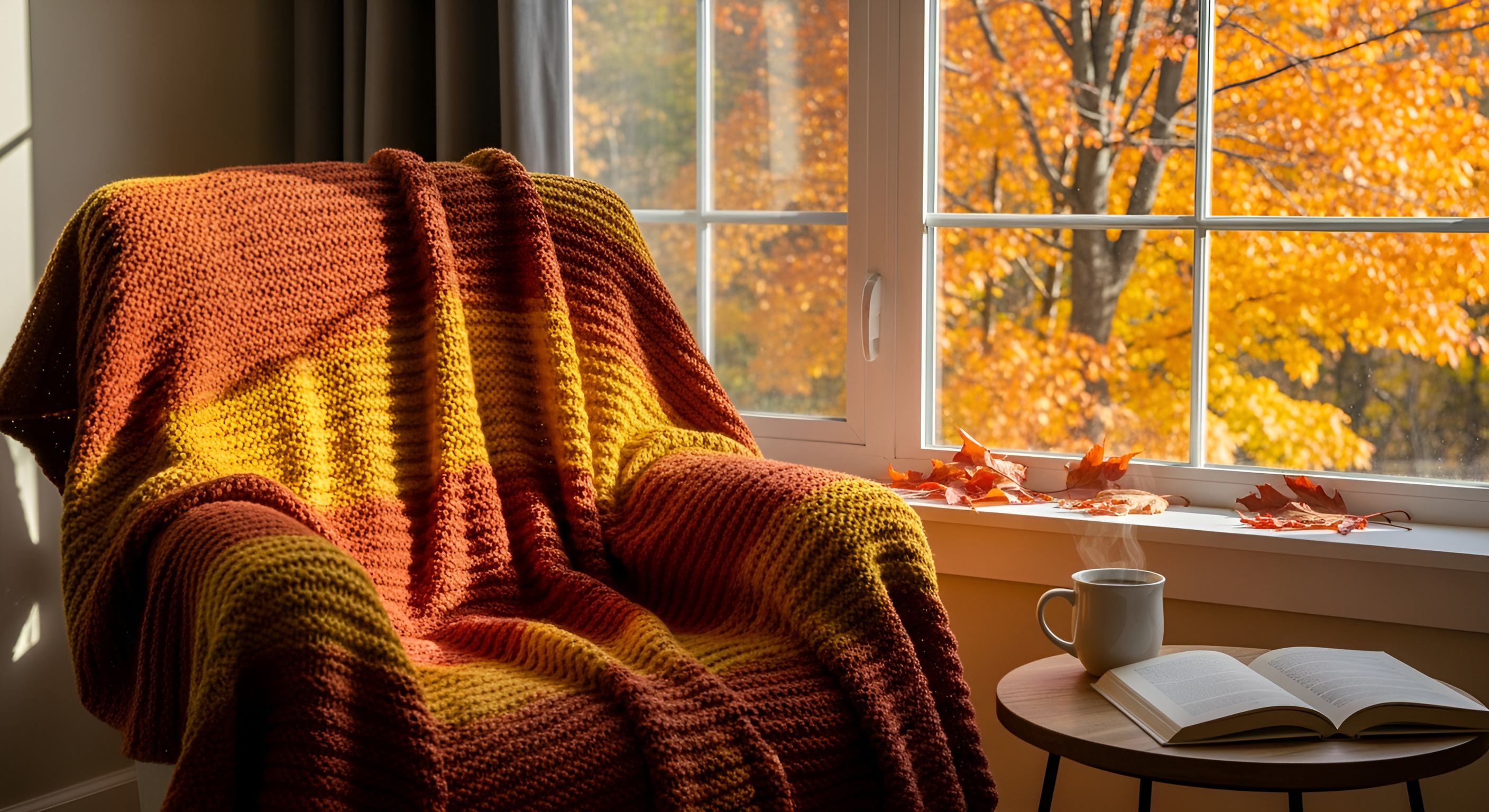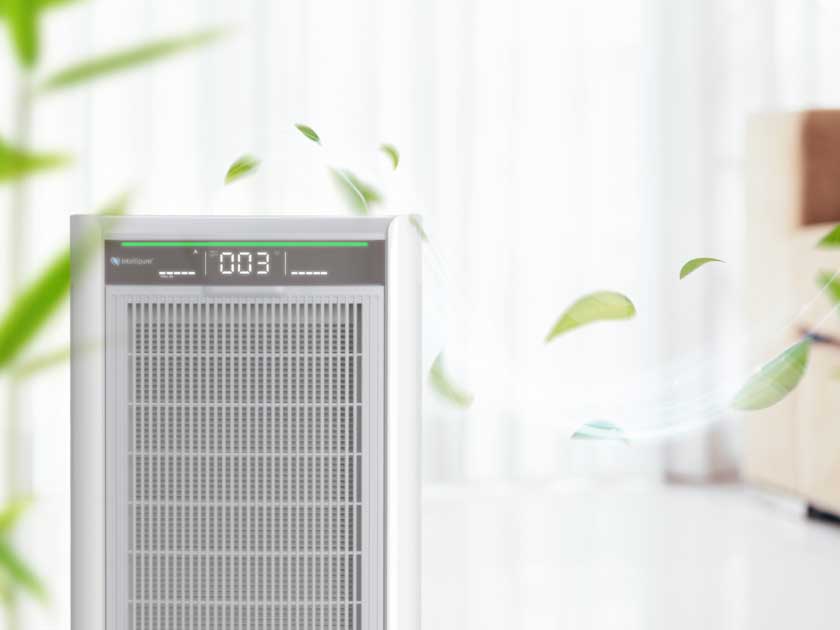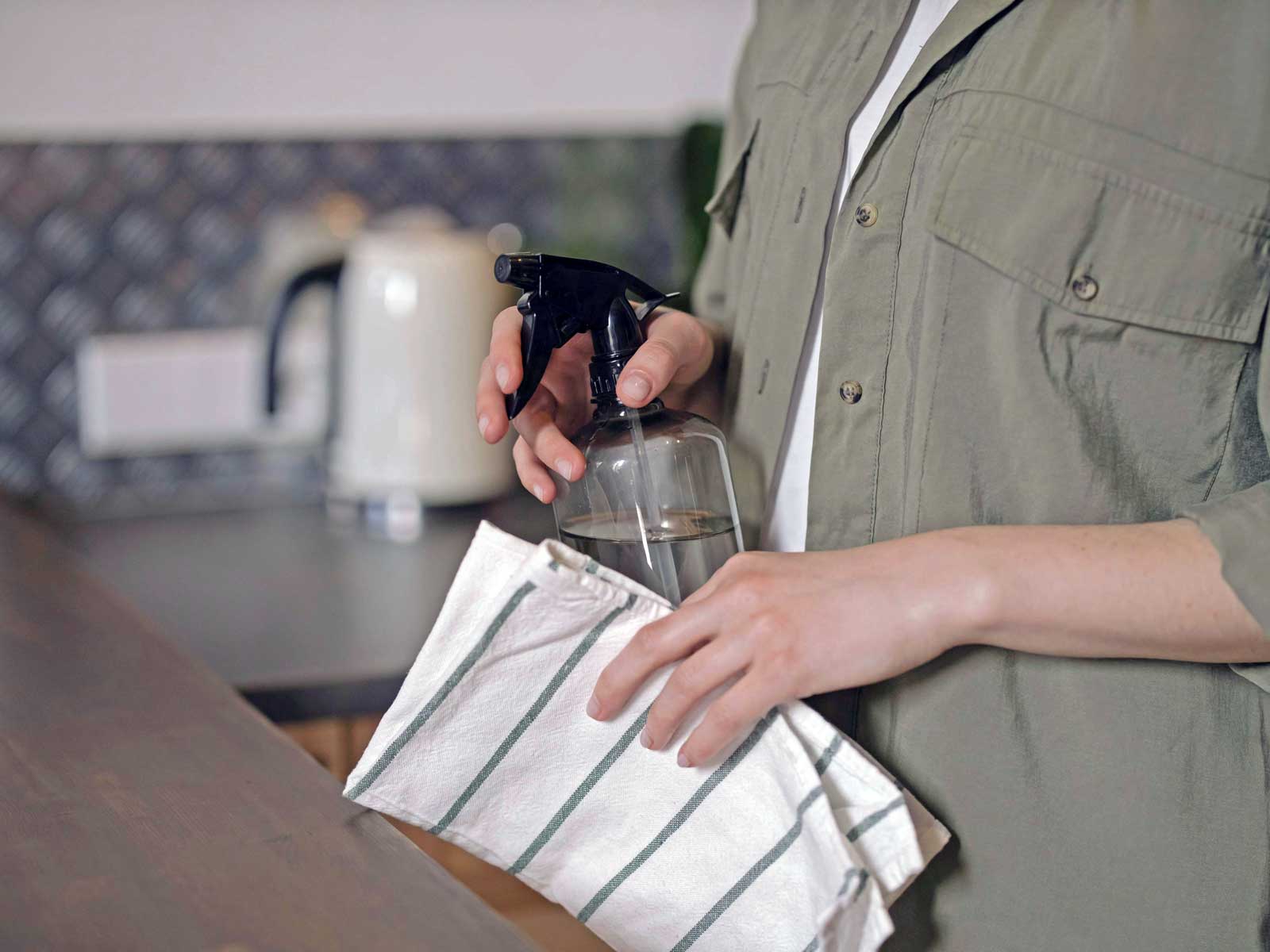_(1).jpeg)
Fall is here, and your kitchen is about to be filled with family, friends, food, and all sorts of smells. Some are nice, like pumpkin spice, and others are a bit offensive. (Think burnt broccoli casserole.)
Unpleasant odors are never fun, but they’re just the beginning. They can signal the presence of volatile organic compounds (VOCs) that are harmful to your health if they reach certain levels in the air you’re breathing.
Sanitize Your Kitchen Air
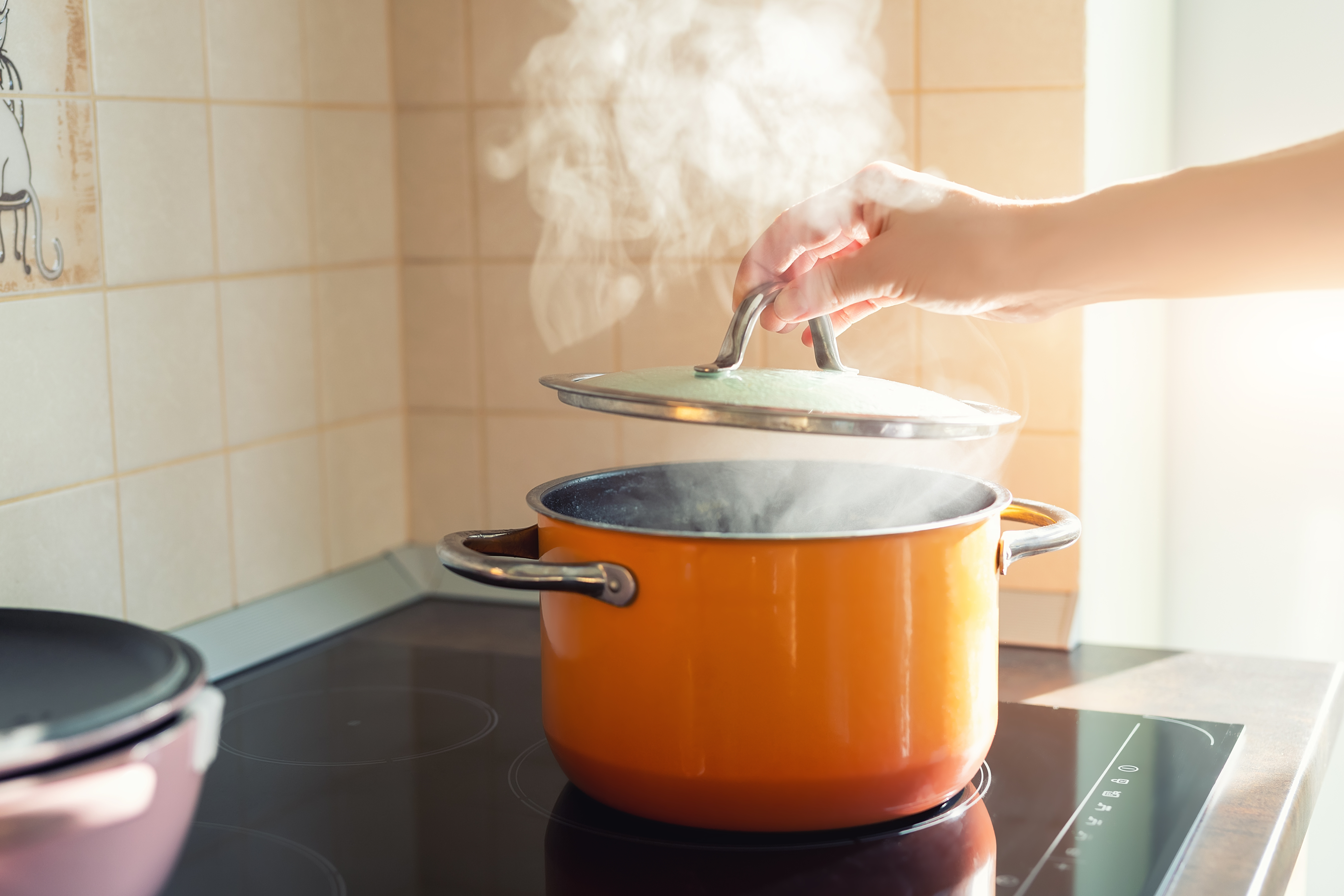
A good rule of thumb: If you can smell what you’re cooking, it’s probably affecting your air quality. That goes for smoke from baking mishaps and the savory scents from your Thanksgiving turkey.
The amount of air pollution and VOCs in your kitchen depends on a variety of factors—from your ingredients and preparation methods, to your type of stove and ventilation strategies.
Over one third of homes in the United States have gas stoves, even though their usage has been proven to have direct health consequences. One study attributes 12.7% of all national childhood asthma cases to gas stove use.
Some VOCs to watch out for while you cook:
- Carbon monoxide (CO) – an invisible, highly toxic, and sometimes deadly gas that can cause dizziness, headaches, upset stomach, chest pain, and confusion if it builds up indoors without proper ventilation
- Nitrogen dioxide (NO₂) – a colorless, odorless gas that can irritate your eyes, nose, and throat and cause shortness of breath and respiratory infection at high concentrations
- Particulate matter (PM) – released when fuels are incompletely burned, these tiny particles can lodge in the lungs and damage tissue
- Radon and Benzo(a)pyrene – cancer-causing pollutants that can attach to particles and get carried deep into your lungs
- Formaldehyde – a dangerous carcinogen that’s often a byproduct of broiling or overcooking food
Indoor Cooking & Entertaining Tips
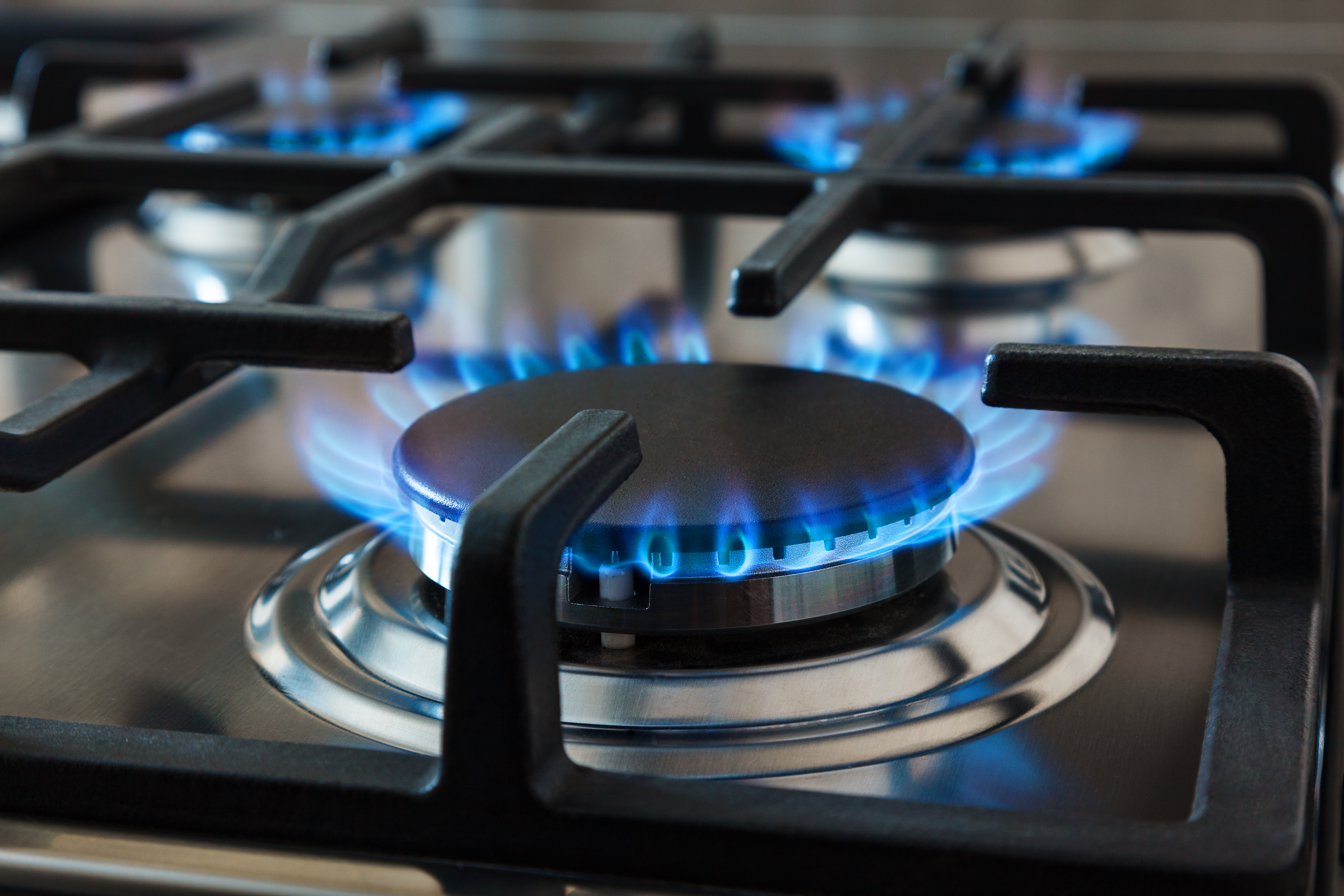
In a season of festivities, gatherings, and lots of lots of cooking, it’s important to make sure you’re keeping the air in your kitchen as clean as your countertops.
- Turn on exhaust fans over gas stoves and ranges.
- Choose a range hood that vents to the outdoors, if possible.
- Keep your burners adjusted. You want the flame tip to be blue—not yellow.
- Open windows to let outdoor air in. Or doors, if that works for you.
- Whenever you can, cook with burners at lower temperatures.
- Try canola oil or peanut oil for cooking at high temperatures. They both have high smoke points.
- Use the back burners first. You’ll improve flow to the hood and reduce how much particulate matter (PM) gets released into your kitchen.
- When indoors, don’t intentionally burn or char food.
- Keep kitchen surfaces and appliances free of crumbs. Burnt crumbs create unnecessary PM.
- Don’t use candles, sprays, or plug-ins to cover up bad cooking odors. These scented products only add VOCs to your air, whereas a good, high-quality air purifier will trap and remove them.
Don’t Host VOCs in Your Holiday Kitchen
%20(22).png)
All this advice can be a lot to digest (pun intended). Even if you have the best intentions of protecting your health and the health of your guests by minimizing air pollutants as you cook, some smells, smoke, and particles are inevitable.
Fortunately, proper ventilation and quality air filtration are effective ways to reverse the damage.
Intellipure purifiers don’t just mask odors. They capture ultrafine particles and reduce VOCs, keeping the air inside your home as crisp and fresh as autumn itself.
Explore a compact option for your kitchen or a larger system to cover the whole house.
Sources:

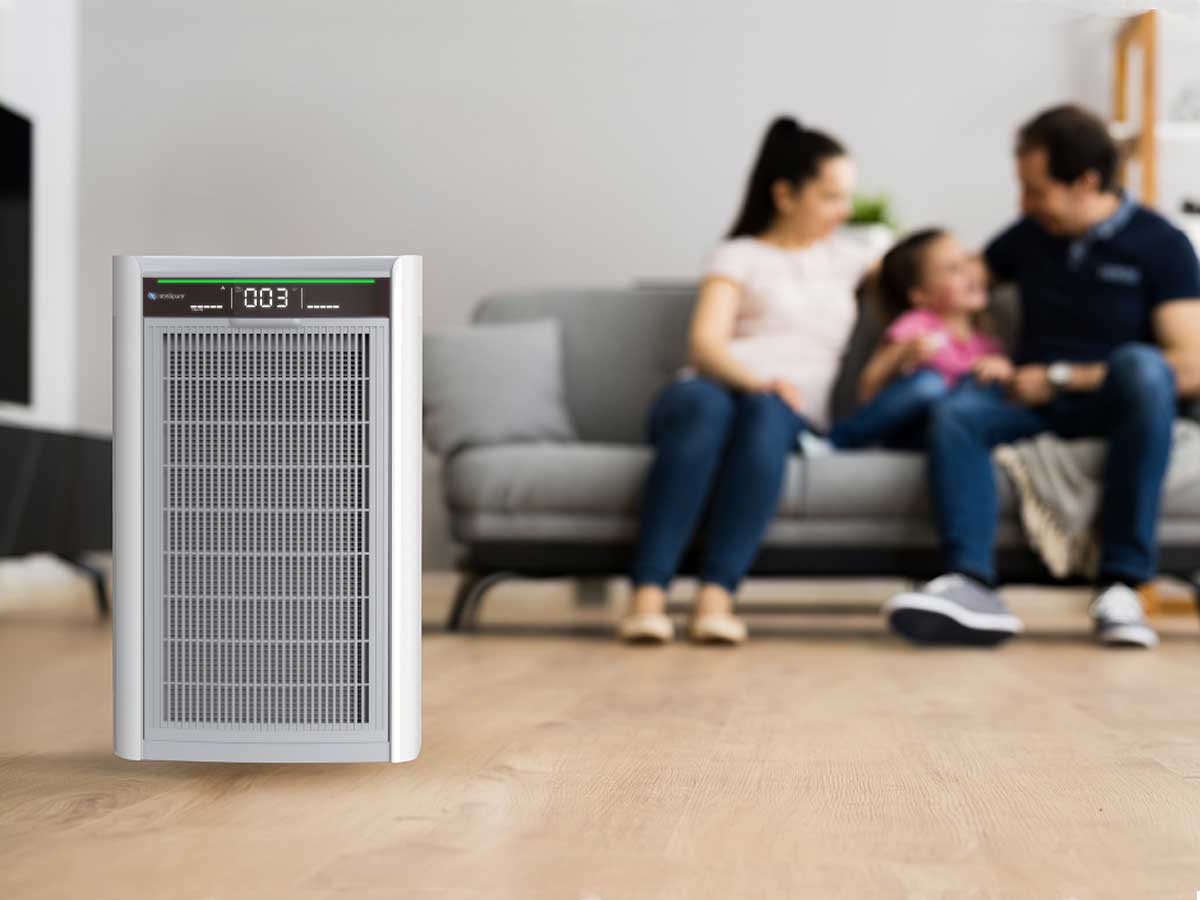 Why Your Air Purifier Child Lock Matters
Why Your Air Purifier Child Lock Matters
